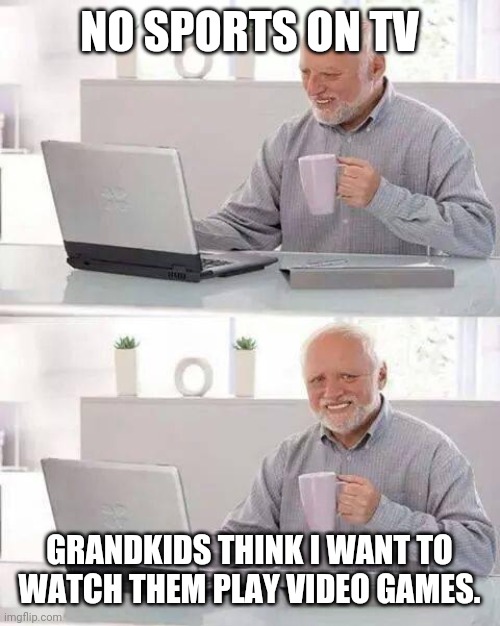 It’s pretty clear that the one thing that draws people age 18-49 to conventional TV these days is live sports. So what happens when there aren’t any live sports anywhere in the world? With all the choices globally, that’s an almost impossible thing to imagine. There’s the major USA professional leagues in football, basketball, baseball and hockey; endless collegiate sports featuring both women and men; soccer from around the world; Japanese and Korean baseball leagues; there’s even curling out of Canada.
It’s pretty clear that the one thing that draws people age 18-49 to conventional TV these days is live sports. So what happens when there aren’t any live sports anywhere in the world? With all the choices globally, that’s an almost impossible thing to imagine. There’s the major USA professional leagues in football, basketball, baseball and hockey; endless collegiate sports featuring both women and men; soccer from around the world; Japanese and Korean baseball leagues; there’s even curling out of Canada.
But what if it all those sports mysteriously disappeared, all at once, all across the globe?
Broadcasters got a chance to discover what this would be like on March 11 of 2020 when Rudy Gobert, center for the National Basketball Association’s Utah Jazz, tested positive for the COVID-19 virus and the NBA suspended its season. Assuming that the NBA had to cancel the remainder of its 2020 season and the all important playoffs, it would cost Walt Disney Co.’s ESPN and ABC $481 million and WarnerMedia’s TNT $211.
Soon after, the Tokyo Summer Olympics got postponed until 2021. In addition to affecting thousands of athletes, this was also a big deal to broadcast partner NBC because the Olympics are one of the biggest live-TV events of the year. NBCUniversal had already sold 90 percent of its commercial time worth $1.25 billion. In addition to making ad revenue for NBCU, the games were also designed to be part of the launch of their ad-supported streaming service Peacock and an opportunity to promote their fall shows. (8e0675) In an era where people watch a wide range of programming, each with relatively small audiences, the Olympics are important because they are part of a very small group of programs that can draw big audiences over an extended period of time.
No sporting event, professional or collegiate, is more important to broadcasters than the NCAA’s annual March Madness collegiate basketball tournament. When the 2020 March Madness got cancelled, the NCAA cut its annual payment to member schools from $600 million to $225 million. The biggest portion of the NCAA’s annual income comes from the tournament. Yes, ticket sales and marketing partnerships matter, but most of the money comes from a 14-year, $10.8 billion television deal with CBS Sports and Turner Sports.
SportsCenter has been ESPN’s flagship show since 1979, but in the spring of 2020, for the first time there were no live sports. And that’s what show host Scott Van Pelt had to deal with once all the sports were cancelled. “Well, the analogy that I’ve landed on is that it’s much like being a waiter in a restaurant where there are no chefs and there is not food,” he told CNN. “[I] just don’t know how long we can continue to trot out, ‘Hey, baseball said they might play July…. I mean we basically call people and talk to them. It just turns into kind of this, ‘How are things, how are you, what are you doing?'” At a deeper level, Van Pelt says the show helps people continue on. The one thing Van Pelt says he can’t get let go of is missing the NCAA basketball tournament. “That was the one I’ll never get over. For the young men and women, there were these remarkable stories that didn’t get to end.”
The other side of the shutdown is the fact that cable and satellite subscribers are spending an average of about $20 a month for sports programming, but these viewers likely have not gotten a refund for any of the games they didn’t get to see because they weren’t being played. But that doesn’t mean that subscribers are happy with that outcome. Subscribers, especially those who got laid off during the pandemic recession, may be dropping their pay-TV packages and going to cheaper bundles of streaming content. “For some people the decision may come down to economics,” said Michael Huyghue, a sports lawyer and professor at Cornell Law School. “If someone loses their job or pay is cut, and they are paying for something they can’t watch, they are more likely to cut to cord.”
While subscribers were still paying for their sports channels during the pandemic shut down, they weren’t watching them. Viewership of sports channels fell sharply from mid-March to mid-April 2020, compared to a similar period the year before. The Wall Street Journal found that ESPN had a 54 percent drop and the NBC Sports Network had a 58 percent drop.
The networks would have had to have either lowered the cost advertisers paid for their spots during this downturn or else give them “make good” spots later on. But the networks still get their subscription money from every cable/satellite subscriber whether viewers ever actually watch the channel.
So what did the sports networks program during the sports shutdown? In addition to running “classic” games (i.e. rerunning previously aired old games), they also showed eSports events such as a basketball tournament with real-life NBA players at the video game controls or virtual NASCAR races, a H-O-R-S-E playground free-throw tournament with NBA stars playing from their homes, as well as sports related programming such as the National Football League’s player draft and a multi-part documentary on the Chicago Bulls of the Michael Jordan era.
Given that most of sports revenue comes from television money, sports like baseball, basketball and football could potentially play without fans present, but to athletes, that just didn’t feel right. NBA star LaBron James said in a podcast, “I just don’t know how we can imagine a sporting even without fans. There’s no excitement. There’s no crying. There’s no joy.” (8e0576)
Dallas Mavericks NBA-team owner (and reality-TV star) Mark Cuban said that once athletes start playing again there will be an enormous, pent-up demand for sports. “People will literally be doing anything to watch us,” he told the Wall Street Journal. “They won’t even necessarily be basketball fans. They will just be starving for new content, and we will be there to feed them.” (8e0576)
And finally…
Korean soccer club apologizes for using sex dolls to fill empty seats https://t.co/YESR7VjThD
— The Washington Post (@washingtonpost) May 18, 2020

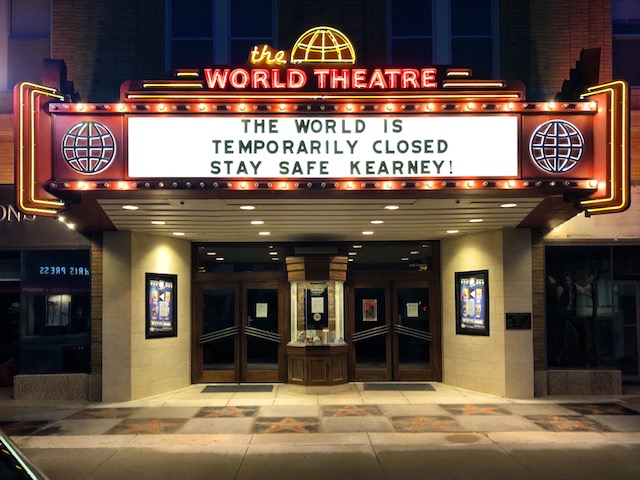
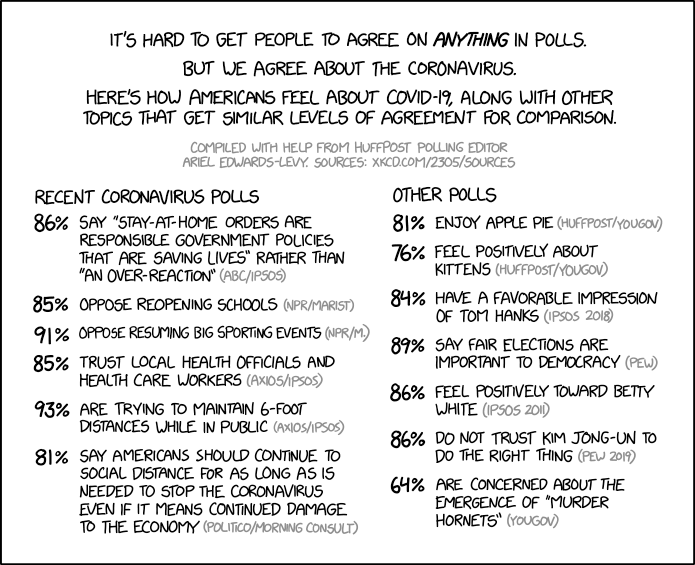
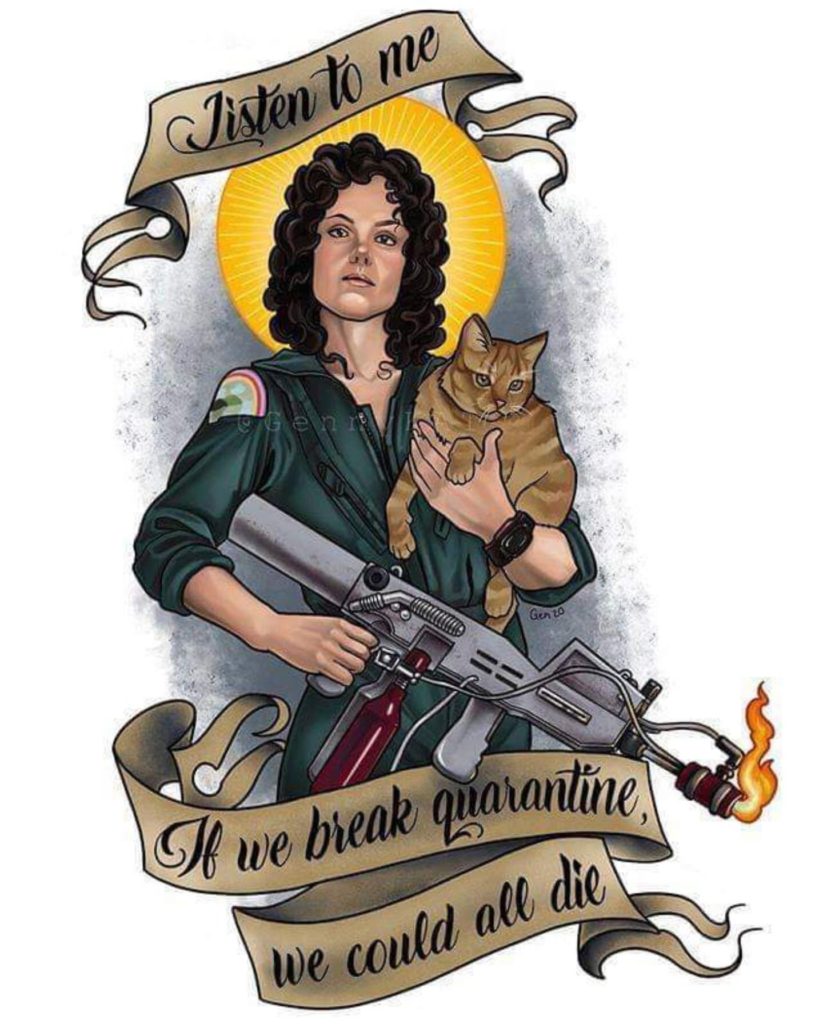
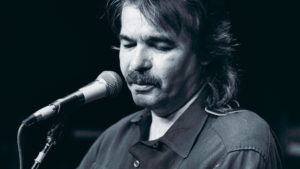
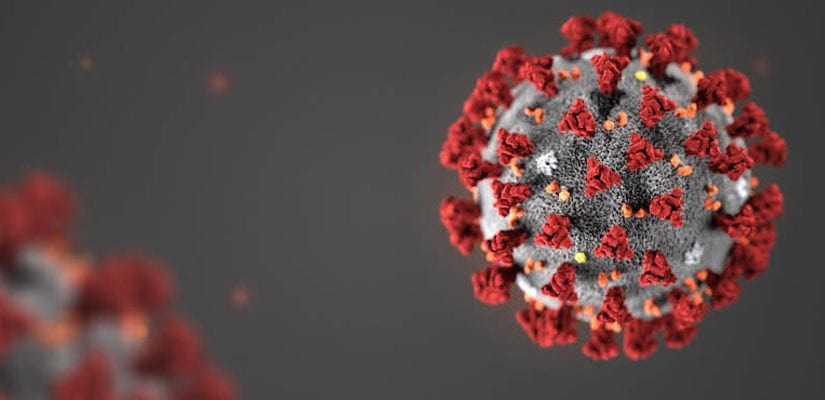
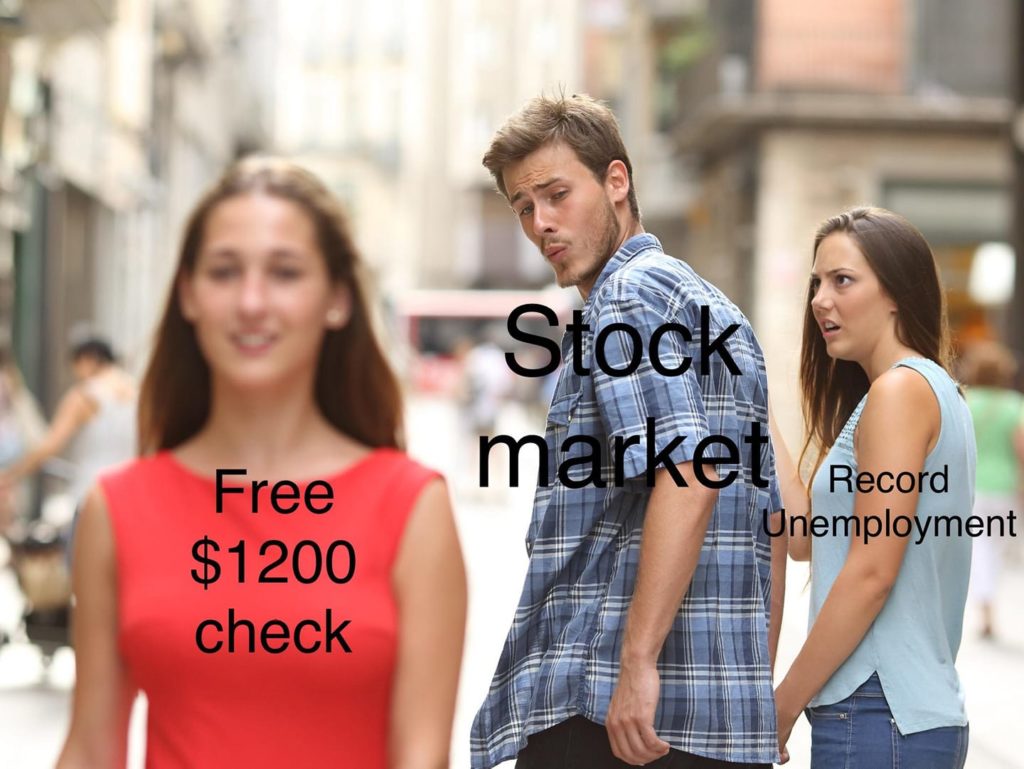
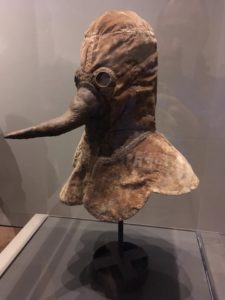
Great work from my commentary and blogging students
It’s been a rough time during the second part of this semester for my blogging and commentary students, with all of their classes going online/remote. Some of them are graduating into an uncertain world; all of them are dealing with complicated times.
The Association for Education in Journalism and Mass Communication had a Twitter checkin this morning, And I took some time to share my students’ work – some of it intensely personal, all of it thoughtful and full of heart.
Here are the stories I shared. Take some time to read – There’s some great work here.